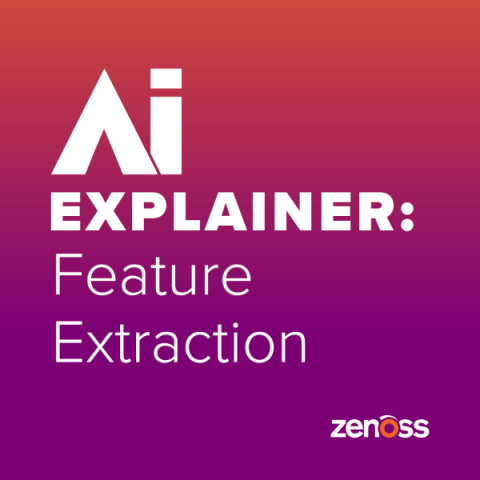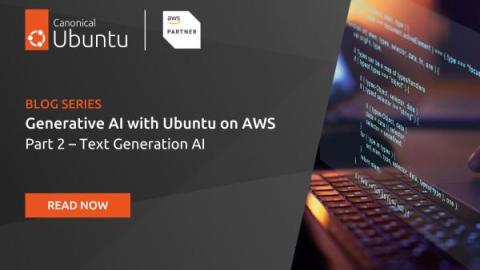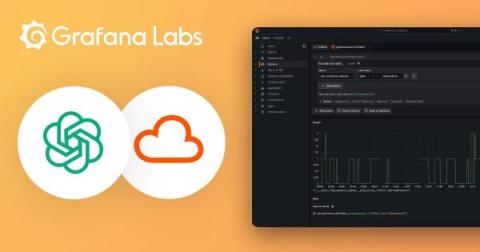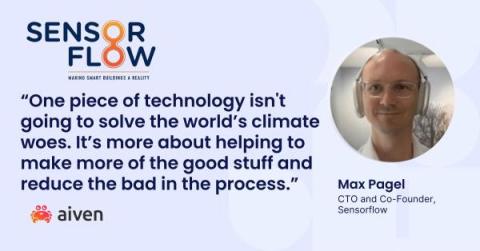Leveraging LLM/Gen-AI for Accelerating Left-Shift Operations Transformation
In today’s digital landscape, delivering a flawless customer experience is the ultimate competitive advantage. However, traditional methods of ensuring service resilience during operation can often be both expensive and cumbersome to maintain. This is where left-shift operations come into play—a powerful strategy aimed at instilling quality and resiliency in the early stages of building and delivering high-quality products and services..











